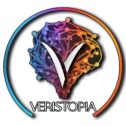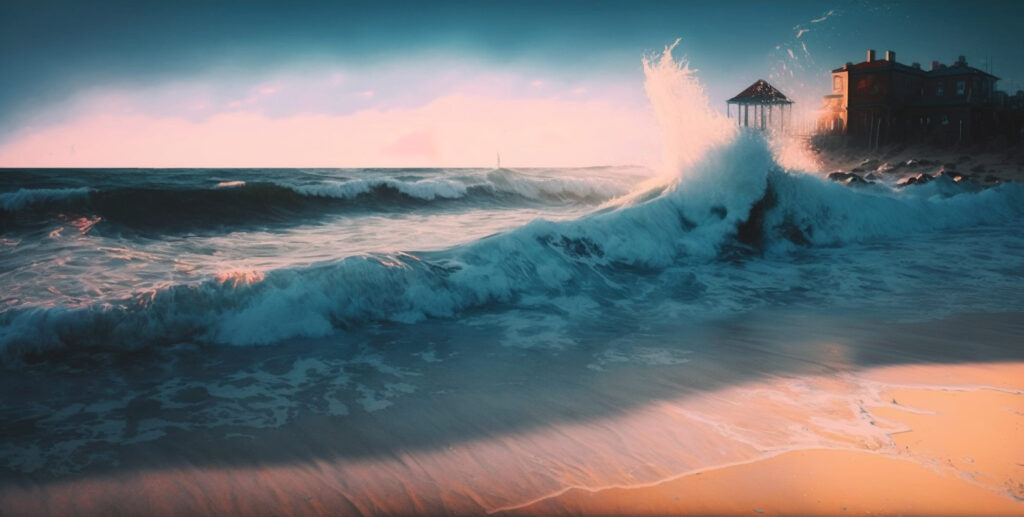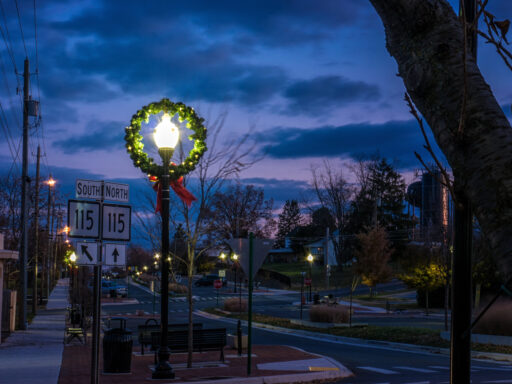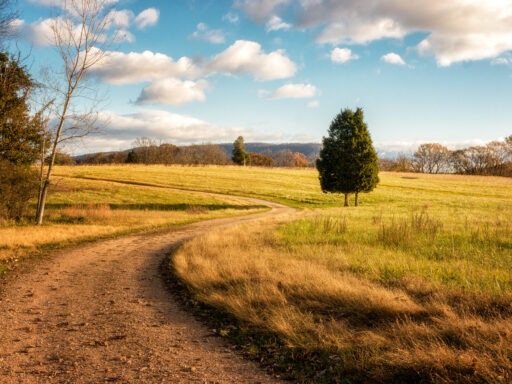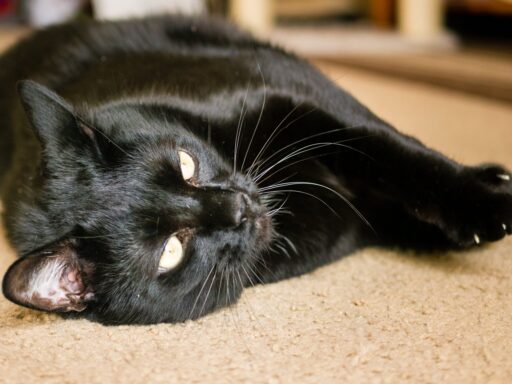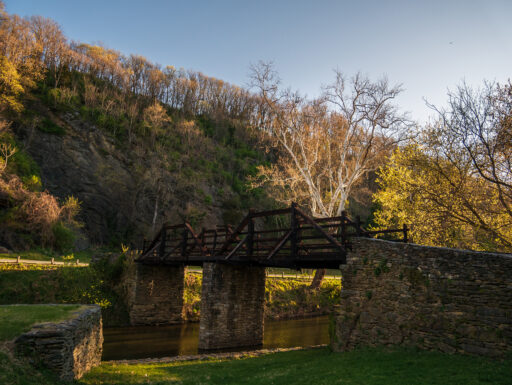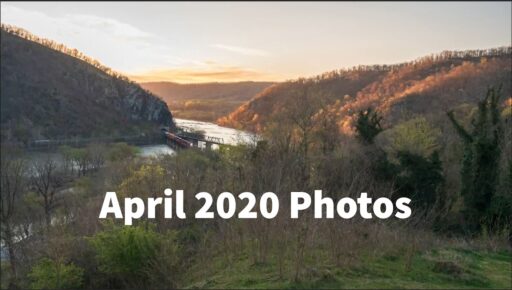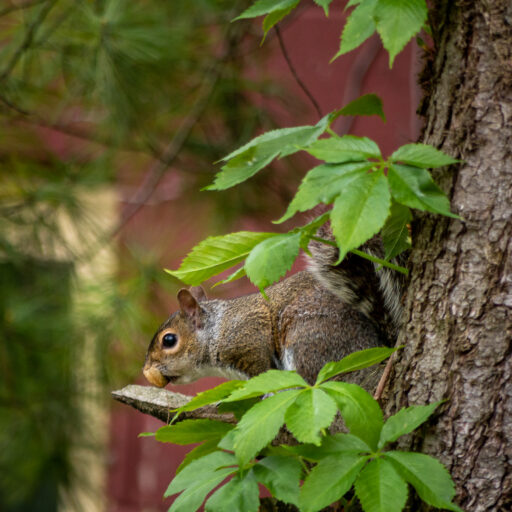I’m not a documentary style photographer and so, to the extent it deserves any sort of appellation, my photography is art. That makes me particularly interested in the use of Generative AI (in it’s current amazing but also highly limited form) to modify my own photography. There remain a lot of ethical questions around Generative AI for artwork, but it’s important to understand what it isn’t. It is not simply a matter of cutting and pasting bits of existing images, in fact the process is much closer to how humans learn the craft of composition etc.

Under current laws the following images cannot be copyrighted, and yet the underlying image and the prompt to create the derivative image are clearly mine, as is evident from the images themselves. Fortunately I’m not trying to make money of this, so lack of copyright is not much of an issue to me personally, but it’s going to be a thorny one as this develops.
I started with this image which I took a couple of years back and had previously processed quite heavily. Amongst other things I had done some color grading and applied an Orton effect to the RAW image. Already then, from my perspective, this has moved from the realm of documentary photography to artistic photography.
Using this initial image as part of the prompt I then added:
/imagine <image URL> sunkissed, mosaic style --ar 16:9 --q 2
Which gave me the following image. It’s worth noting that Midjourney gives you four thumbnail images initially and allows you to create variations so I am skipping some steps in terms of picking the one I liked the most and finessing it a bit. You can see that the beach and color scheme here are heavily influenced by my original photo, but Midjourney has introduced an attractive woman, presumably based on the word “sunkissed” and the sort of images that it found in its database relating to that. I think it has quite effectively introduced mosaic like styling to the image, more strongly in the woman than else where, all in all it’s quite an attractive image and does match the prompt well.
Next up I gave Midjourney a different style prompt:
/imagine <image url> sundrenched, stained glass style --ar 16:9 --q 2
If you are wondering about the extra commands at the end –ar specifies an aspect resolution, in this case the classic widescreen of 16:9, but you could easily do a 5:4 or a 4:3 and by default it gives you a 1:1 square. Meanwhile –q 2 is a higher quality setting than the default at the cost of a bit more processing time (depending on your subscription you get a certain number of fast processing minutes per month).
The resulting image departs further from my source photo but you can still see many of the elements present and the color scheme is clearly taken from that photo. It’s added some lovely stained glass elements to the frame and taken “sundrenched” to heart by pumping up that sun.
For the last one I really wanted to push the image as far from my source photo as possible, while still being a beach scene, and see what Midjourney would do with it. So I gave it the following prompt:
/imagine <image URL> storm surge, angry, shadows --ar 16:9 --q 2
It gave me this quite stunning scene which at first glance does seem very different to where we started, but then you look closer. Yes it’s still a beach scene of course; we’re looking diagonally along the shoreline; in the top right we still have buildings; the rocks are still present; the colors are darker because of that storm, but the storm is fighting that bright slightly pinkish/orangish sunlight from my photo (in the foreground and also on the building). It’s a picture in its own right, but you can see its origins.
So, what do I make of all this? I think there’s going to be a major shakeout in a variety of industries (not just artistic ones) as this type of machine learning develops and improves. I think society needs to start wrapping their head around it, rather than retreating to “computers bad, make it go away” because it’s not going away.
AND, from a personal perspective as a hobby photographer, I think it opens up a lot of very interesting artistic avenues for me. As with so many things in life, it’s not all one thing or all the other, but rather a complicated mix of good and bad.
Discover more from Veristopia
Subscribe to get the latest posts sent to your email.
